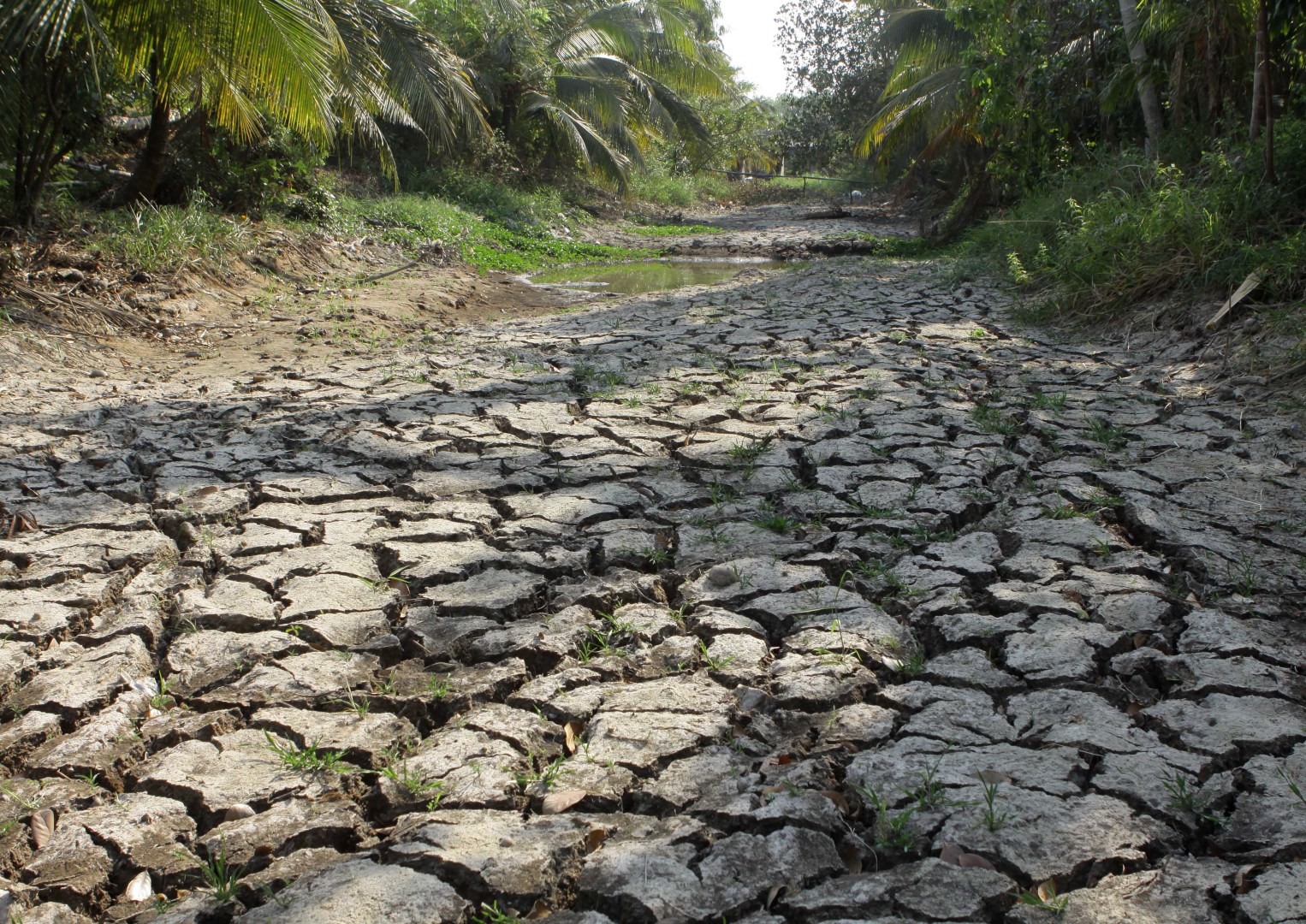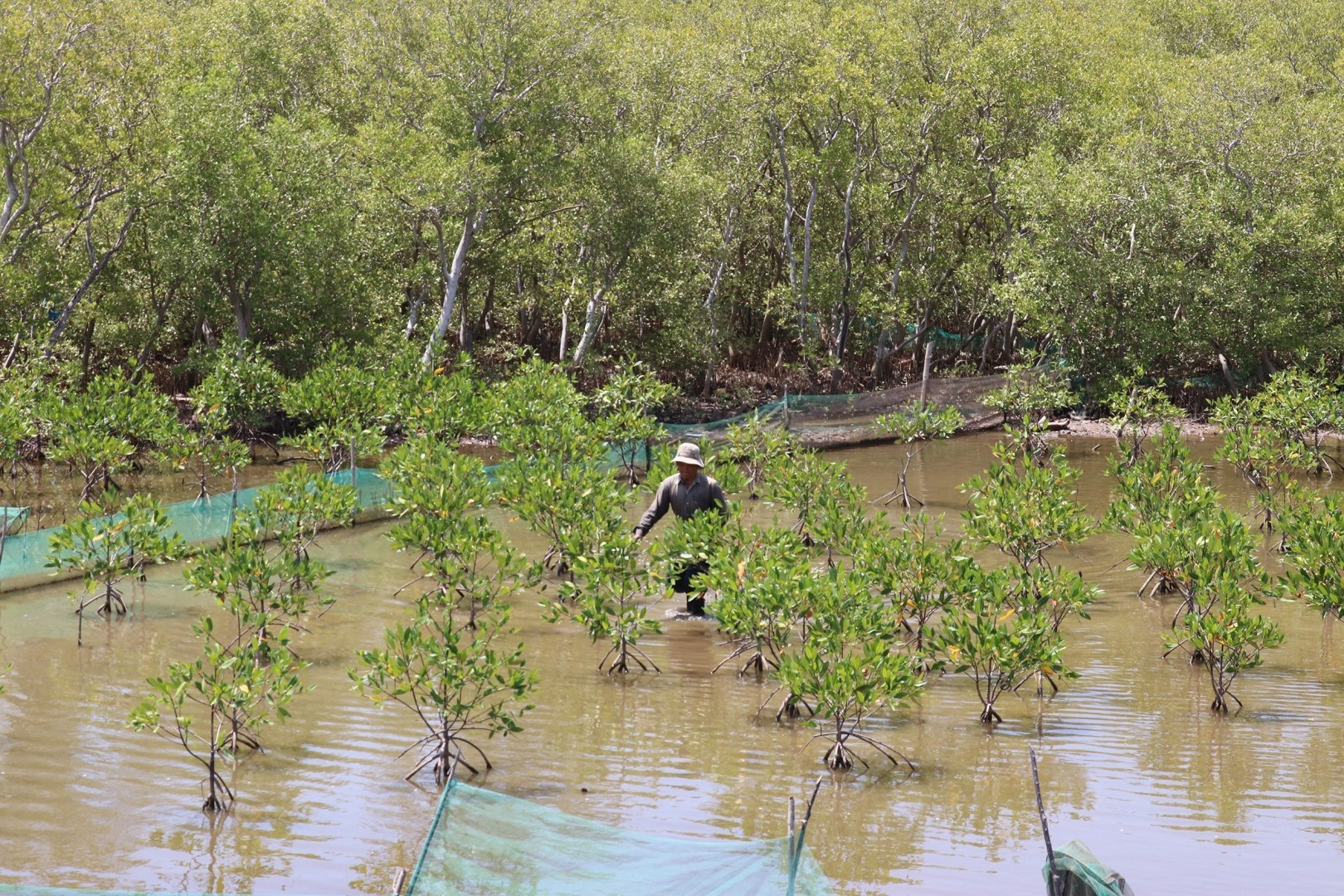In the combat against desertification, Vietnam has step by step obtained dual results as it has successfully prevented land degradation and brought economic benefits to farmers.

This year’s World Environment Day (June 5) is themed “Land restoration, desertification and drought resilience”, aiming to appeal to countries around the globe to join hands in restoring land, preventing desertification, and improving drought resilience to slow down the climate change process, protect the nature while improving livelihoods and food security for billions of people worldwide.
Land degradation accelerates climate change and biodiversity loss, contributes to drought, forest fire, involuntary migration as well as the emergence of zoonotic diseases.

Pham Van Dien, Rector of the Vietnam National University of Forestry, said desertification is the final stage of land degradation. To farmland, degradation in Vietnam is divided into four levels: the land at risk of degradation – about 6.7 million ha, the one showing signs of degradation – about 2.4 million ha, the land already degrading – about 1.3 million ha, and the area degrading and turning into artificial desert – several thousands of ha.
The desert area in Vietnam is inconsiderable, which is attributable to the implementation of fundamental and strategic land protection measures such as afforestation along with reasonable farming and land use in which land users’ rights and obligations properly handled.

The Ministry of Agriculture and Rural Development said Vietnam has gained significant achievements in desertification prevention. From the modest forest coverage of 27.8% in 1993, the rate has increased to 42% at present compared to the world average of 31%.
The forestry sector has continued implementing strategies, programmes, and plans to improve forest quality and ecosystem by protecting natural forests (10.3 million ha) and planting large-timber forests (over 300,000ha at present, which needs to reach about 1 million ha by 2030). These moves not only help to preserve the nature or maintain and enhance soil fertility but also supply materials for forestry product processing and trading.



In 2023, the World Bank, for the first time, paid 51.5 million USD for Vietnam’s forest carbon credits – a reward for the country’s efforts in protecting and developing forests and combating land degradation in the north-central region. That turned Vietnam into the first in East Asia and Pacific to receive a payment for emission reduction results from the WB’s Forest Carbon Partnership Facility (FCPF).
Land degradation prevention and control are not limited to the forestry sector but have also been carried out in agriculture. Developing ecological and organic agriculture is an appropriate approach that is being promoted, and also reflects an environmentally friendly economic mindset.
Dien emphasised that thanks to tireless efforts, the cultivation of such plants as dragon fruit, grape, garlic, and macadamia in arid and degraded land areas is generating profits for farmers. Many coastal areas in the central region are revitalising, transforming from “sand” to “soil” with the endless green of “phi lao” (Casuarina equisetifolia) and “keo la liem” (Acacia crassicarpa) along the coastline.

